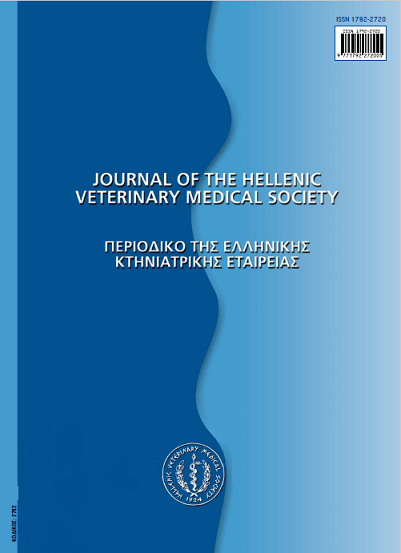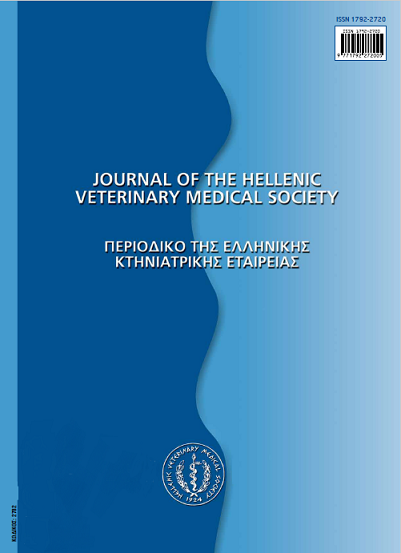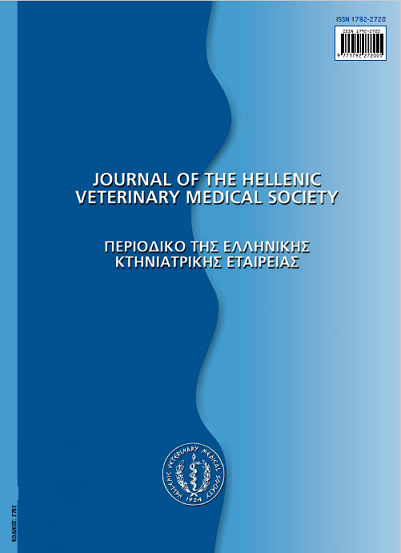Τreatment and prevention of canine heartworm disease (dirofilariosis): what is new?

Abstract
Canine heartworm disease (dirofilariosis) is a frequent parasitic disease in Greece and other para-Mediterranean countries. Immediate adulticide therapy, followed by administration of microfilaricidals, has been the mainstay of heartworm treatment. However, a more recent approach has included the requirement to killing microfilariae and Wolbachia pipientis prior to adulticide treatment. Administration of prophylactic doses of milbemycin, moxidectin, ivermectin or selamectin for 2 to 3 months, as well as of doxycycline (10 mg kg-1 bw, per os, twice daily) for a month, seems to negate the ‘susceptibility gap’ and to decrease the possibility of pulmonary thromboembolism. Moreover, an alternative protocol of adulticide therapy (2.5 mg kg-1 bw of melarsomine, intramuscularly, followed by two further injections, 24-hours apart, a month later) is considered superior to the classical one, regardless of the clinical stage of the disease.
Treatment of potential complications (right heart failure or vena cava syndrome) includes administration of heart failure medication and surgical removal of adult worms. Strict exercise restriction seems to play the most important role in reducing the possibility of pulmonary thromboembolism. Alternative protocol melarsomine administration, after treatment with macrocyclic lactones and doxycycline, increases the therapeutic effect and improves prognosis in earlier stages of the disease. Continuous (or at least during the warm period of the year) preventive administration of microfilaricidals coupled with annual serological testing of animals is important for effective disease control.
Article Details
- How to Cite
-
SINANIS (Θ.Ν. ΣΙNΑΝΗΣ) T. N., & KOUTINAS (Χ.Κ. ΚΟΥΤΙΝΑΣ) C. K. (2017). Τreatment and prevention of canine heartworm disease (dirofilariosis): what is new?. Journal of the Hellenic Veterinary Medical Society, 64(1), 35–46. https://doi.org/10.12681/jhvms.15477
- Issue
- Vol. 64 No. 1 (2013)
- Section
- Review Articles
Authors who publish with this journal agree to the following terms:
· Authors retain copyright and grant the journal right of first publication with the work simultaneously licensed under a Creative Commons Attribution Non-Commercial License that allows others to share the work with an acknowledgement of the work's authorship and initial publication in this journal.
· Authors are able to enter into separate, additional contractual arrangements for the non-exclusive distribution of the journal's published version of the work (e.g. post it to an institutional repository or publish it in a book), with an acknowledgement of its initial publication in this journal.
· Authors are permitted and encouraged to post their work online (preferably in institutional repositories or on their website) prior to and during the submission process, as it can lead to productive exchanges, as well as earlier and greater citation of published work.




